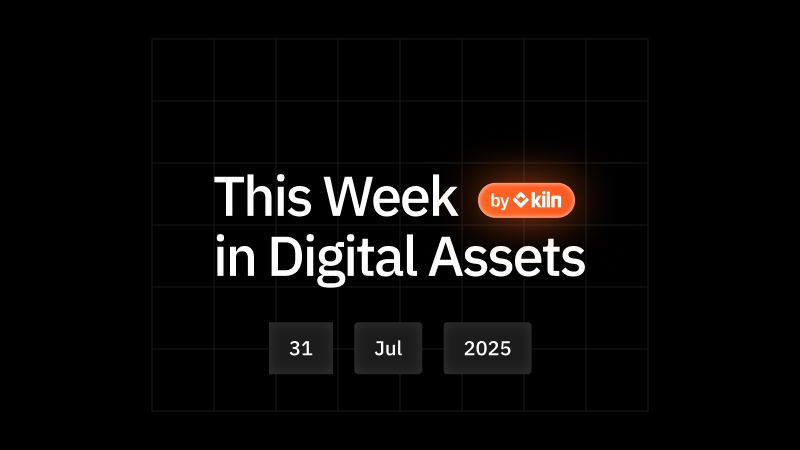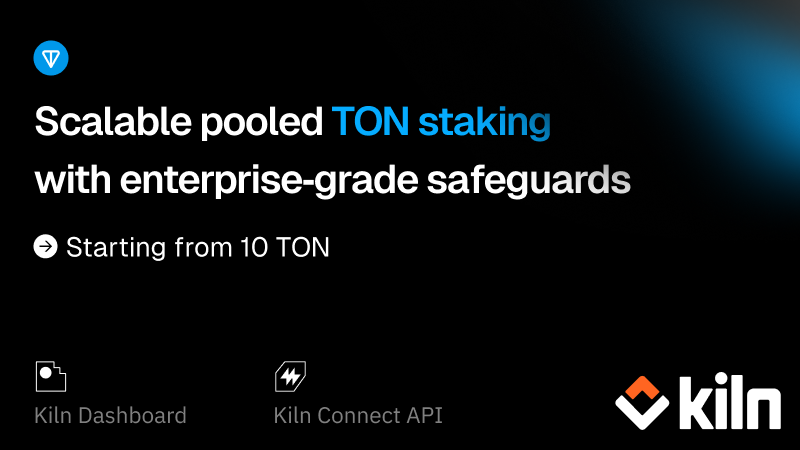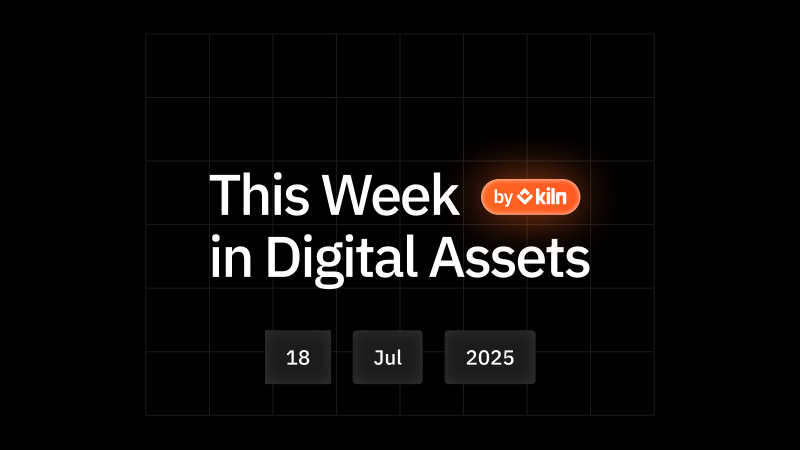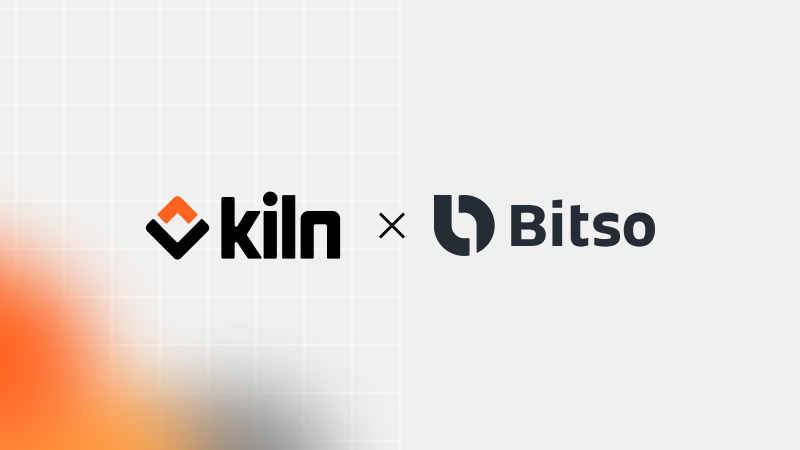The Bank of New York Corporation’s (BNY) agreement to custody the reserves backing Ripple’s stablecoin, RLUSD, reinforces our view that the bank is positioning itself as the default service provider for large-scale digital-asset issuers. We believe this is a sensible move for Ripple as financial institutions and fintechs typically require a nationally trusted custodian before they will hold or settle a new stablecoin, and BNY’s 240-year record removes a key adoption hurdle. At the same time, we do not see the arrangement delivering a significant competitive edge. Circle already uses BNY as its custodian for USDC, and PayPal’s PYUSD relies on its issuer Paxos, which is also a qualified custodian. We see that the custody function itself is increasingly commoditized among top issuers. In our view, this announcement functions primarily as a positioning exercise for Ripple while also moving RLUSD closer to parity with established incumbents, and we expect the USD-backed stablecoin market to remain dominated by USDT and USDC for the foreseeable future.
For BNY, this deal fits perfectly into its broader digital asset strategy. In April, the bank expanded its Digital Asset Platform with a data insights service that broadcasts select fund-accounting data directly to Ethereum, starting with BlackRock’s BUIDL tokenized Treasury fund. We believe BNY’s willingness to push offchain records onchain—while safeguarding the underlying assets—differentiates it from peers such as State Street and Northern Trust, which have yet to offer comparable functionality. Taken together with the Ripple partnership, the moves signal that BNY aims to sit along the entire value chain of tokenized finance: reserve custody, fund administration, and authenticated data feeds.
We also note that both Ripple and Circle are reportedly exploring U.S. bank charters. An OCC charter would, in theory, let an issuer self-custody its reserves, but we view Ripple’s chances of obtaining a de novo national bank license as very low. We expect any practical path would involve acquiring an existing chartered institution, which is a capital-intensive and politically sensitive route. Until then, stablecoin issuers will continue to lean on third-party custodians, and BNY’s roster gives it considerable leverage in pricing and cross-selling ancillary services.
Looking ahead, we will track three indicators to gauge the impact of BNY’s latest partnership with Ripple: the velocity at which RLUSD supply crosses the $1 billion mark, the pace of integrations with financial institutions and fintechs, and the uptake of BNY’s onchain Data Insights feeds by additional asset managers. We believe sustained progress on these fronts would confirm BNY’s role as the middle- and back-office of choice for tokenized assets.
About Kiln
Kiln is the leading staking and digital asset rewards management platform, enabling institutional customers to earn rewards on their digital assets, or to whitelabel earning functionality into their products. Kiln runs validators on all major PoS blockchains, with over $11 billion in crypto assets being programmatically staked and running over 5% of the Ethereum network on a multi-client, multi-cloud, and multi-region infrastructure. Kiln also provides a validator-agnostic suite of products for fully automated deployment of validators and reporting and commission management, enabling custodians, wallets, and exchanges to streamline staking or DeFi operations across providers. Kiln is SOC2 Type 2 certified.


















